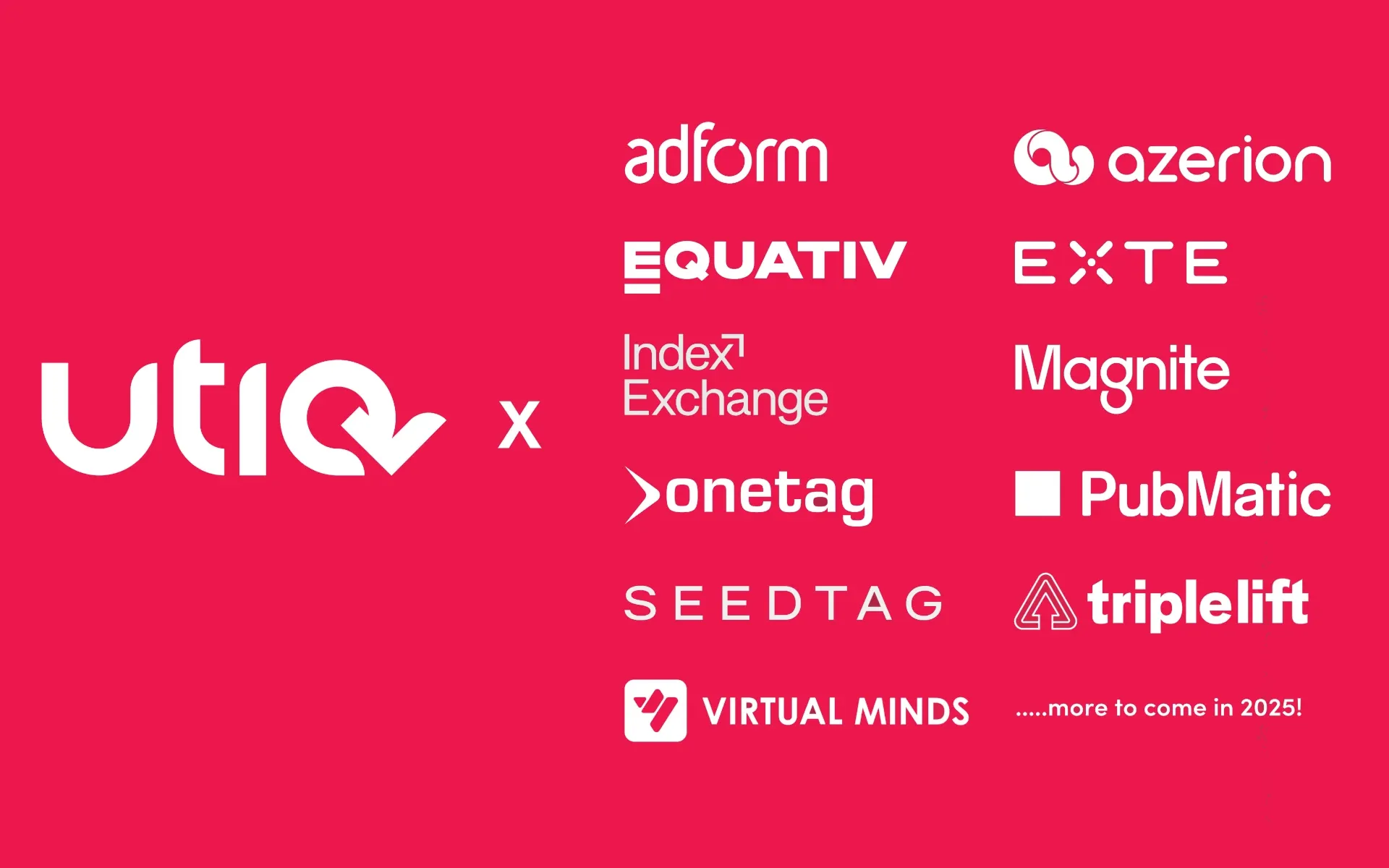Ad tech firms integrate telco-powered consent system for audience targeting
Utiq announces partnerships with 11 supply-side platforms as the advertising industry moves towards first-party data solutions in 2025.

Two days ago, on January 8, 2025, Utiq confirmed integrations with major supply-side platforms (SSPs) and inventory partners, marking a significant development in the digital advertising landscape's transition away from third-party cookies.
According to Will Harmer, Utiq's Chief Product Officer, "These critical supply-side integrations recognize that Utiq has already become a ubiquitous solution across the digital advertising ecosystem." The company has secured partnerships with Adform, Azerion, Equativ, Exte, Index Exchange, Magnite, Onetag, PubMatic, Seedtag, TripleLift, and Virtual Minds.
The technical implementation focuses on bidstream integration of first-party identifiers. This system operates through two core components: a centralized portal called consenthub for user privacy controls, and consentpass, which facilitates real-time secure signal matching between telecommunications providers, publishers, and advertisers.
The integration process incorporates multiple technical safeguards. According to the company's technical documentation, these include data minimization protocols, limited signal life-spans, and contractual restrictions preventing re-identification. The system implements in-transit and at-rest encryption, with randomized consent signals that exclude directly identifiable information.
Utiq launched in mid-2023 with operations in Germany, Austria, France, and Spain. The company's documentation indicates planned expansions into the United Kingdom and Italy. The service processes millions of consented audiences across these markets through telecommunications network infrastructure.
The technical architecture explicitly excludes several common industry practices. The system does not perform data onboarding, operate a data marketplace, employ probabilistic or fingerprinting techniques, maintain identity graphs, access personally identifiable information, or provide cross-industry identity resolution.
For implementation, publishers and advertisers must integrate through either a Utiq consent interface or the consenthub portal. The service generates two types of signals: "martechpass" and "adtechpass," which enable personalized marketing while adhering to privacy requirements.
The European digital advertising industry faces increasing technical complexity around user consent and identity management. Current challenges include consent fragmentation across platforms, security concerns, and campaign measurement difficulties.
Several industry bodies have endorsed the initiative. Utiq holds memberships in multiple European marketing organizations, including various chapters of the Interactive Advertising Bureau (IAB) and the German Federal Association of the Digital Economy (BVDW).
The system's technical constraints reflect broader industry changes. According to Utiq's documentation, all data sharing requires explicit user consent under e-privacy regulations. The platform provides layered privacy information through its portal, where users can modify their preferences.
Looking ahead, the initiative represents one approach to maintaining targeted advertising capabilities while addressing privacy requirements. The technical implementation demonstrates how infrastructure companies are developing alternative solutions as traditional tracking methods become less viable.
Independent verification efforts are ongoing. According to company materials, PwC has conducted testing of the solution through the Adform DSP and ID Fusion, though detailed results of this verification were not included in the provided documentation.
The partnership announcement comes amid continuing discussions about privacy and addressability in digital advertising. While this approach leverages telecommunications infrastructure, other technical solutions continue to emerge as the industry adapts to new requirements around user privacy and consent.

